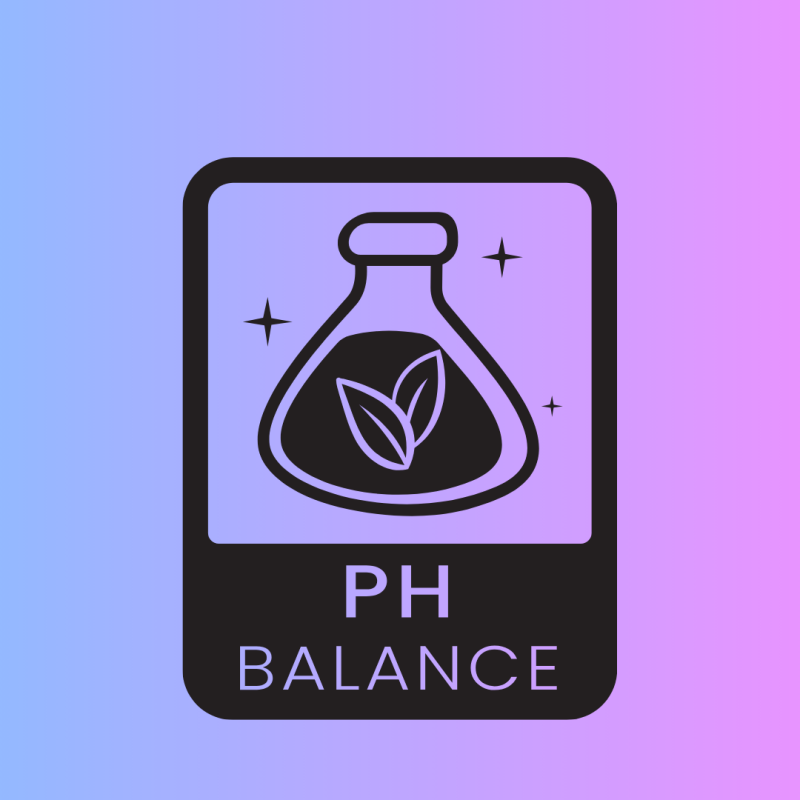
The Key to Healthy Hair and Color Success
When it comes to hair care—especially hair color—pH is everything. It plays a critical role in the health of the hair, how products perform, and whether a color service will be a success or a disaster. As professionals, understanding pH allows us to protect the integrity of the hair while delivering beautiful, lasting results. But what exactly is pH, and why does it matter so much?
What is pH and How Does it Affect Hair?
The term pH stands for "potential of hydrogen" and measures how acidic or alkaline a substance is on a scale from 0 to 14. A pH of 7 is neutral; anything below is acidic, and anything above is alkaline. Hair and scalp naturally sit between 4.5 and 5.5 on the pH scale, making them slightly acidic. This natural acidity helps keep the cuticle layer of the hair closed and smooth, which preserves moisture, prevents frizz, and maintains shine and
strength. When the pH balance of the hair or scalp is thrown off, the cuticle can become raised or damaged. This leads to dryness, tangling, breakage, and even scalp irritation. That’s why using the right products—especially during chemical services like coloring—is vital. The goal is always to respect the hair’s natural pH while still achieving the desired results.
Hair Color and pH: The Science Behind the Shade
Hair color products rely on pH manipulation to do their job. Permanent hair color and bleach products are highly alkaline, often around a pH of 9–11. This is necessary to open the cuticle layer and allow the color or lightener to penetrate the cortex, where natural pigment lives. While this process is essential for color to work, it also puts the hair at risk if not handled properly.
After coloring, it’s crucial to restore the hair’s pH as close as possible to its natural state. That’s why professional stylists use acid-balanced shampoos, pH-neutralizing treatments, and post-color conditioners to help reseal the cuticle. If this step is skipped or ignored, hair can remain porous, dry, and vulnerable to damage. Over time, this affects not just the health of the hair but how well it holds onto color.
Choosing the Right Products Based on pH
Not all shampoos, conditioners, or treatments are created equal. Products that are too alkaline can disrupt the hair’s pH and cause long-term damage. This is especially important after color or chemical services. Look for acid-balanced or pH-balanced labels on professional hair care products. These are designed to help the cuticle lay flat and keep the hair healthy, shiny, and strong. Educating clients about the importance of pH in their home care routine is a great way to build trust and long-term relationships. Many over-the-counter shampoos are too harsh, stripping color and moisture. When clients understand the “why” behind professional product recommendations, they’re more likely to follow your guidance—and their hair will
thank them for it.

The Bottom Line: pH Knowledge Is Power
Understanding and respecting pH is one of the most powerful tools in a stylist’s toolbox. It’s not just about chemistry—it’s about caring for your clients’ hair in the smartest, safest way possible. Whether you’re performing a color service, recommending products, or creating a healthy hair plan, always keep pH at the center of your decisions. Healthy hair starts with balance—and pH is the foundation. When you master that, you
don’t just become a stylist—you become a trusted expert.


Add comment
Comments